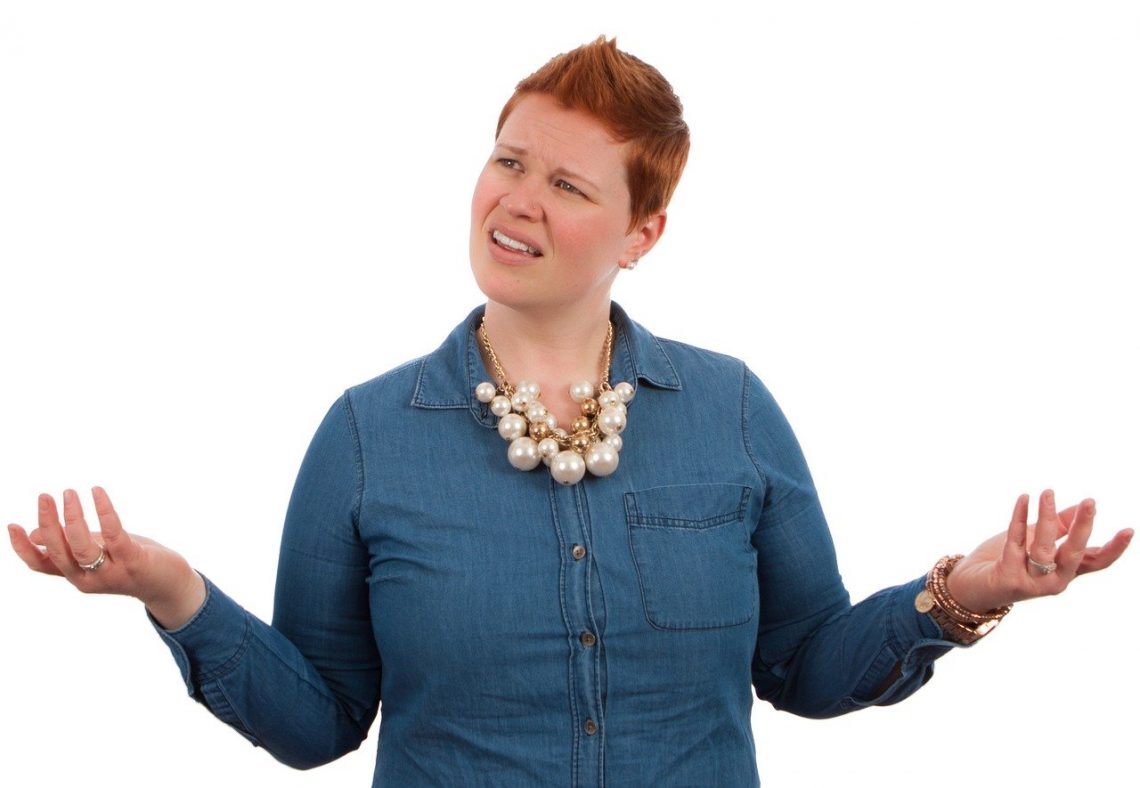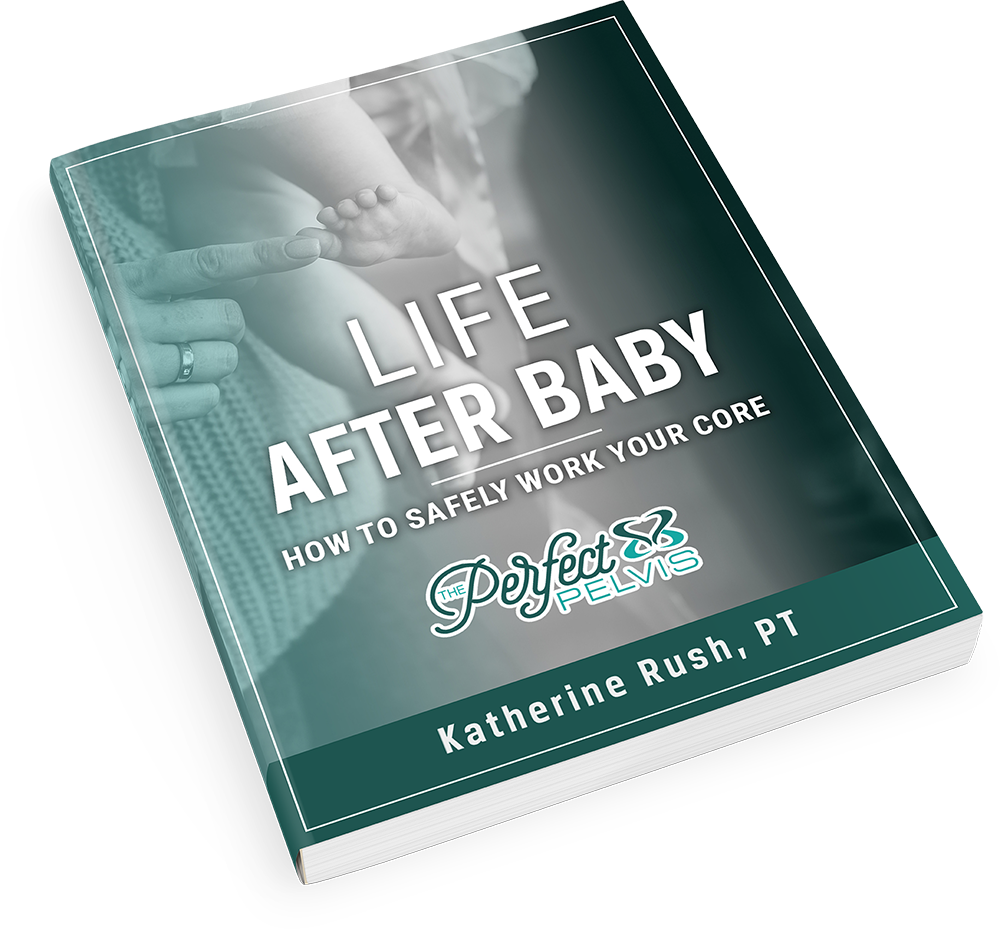So far we have gone over the following types of urinary incontinence:
- stress urinary incontinence (SUI) caused by weakened pelvic floor muscles and tissues when there is increased pressure on the bladder from exertion.
- urge urinary incontinence, also called overactive bladder (OAB), which occurs as a sudden involuntary contraction of the bladder’s muscle wall, creating an unstoppable urge to urinate and leakage.
– and –
- overflow incontinence where one has a frequent or constant experience of dribbling urine due to a blockage of urine flow.
But have you ever thought that maybe the problem could have nothing to do with pelvic floor muscles or the bladder at all? You are probably thinking, “What . . . not due to a problem with the bladder?” And, yes, it is true. A fourth kind or urinary incontinence is functional incontinence. In the case of functional incontinence, the problem is actually in not being able to get to and use the toilet when the need arises. In this case, most people are aware of the need to go, but due to a physical or mental problem cannot do what it takes to toilet effectively.
What is the problem?
There are many possible reasons this may occur. Often the problem is the person’s inability to move quickly enough to get to the bathroom in time or difficulty removing clothing in an adequate and timely manner. Another example is difficulty transferring from a wheelchair to the toilet. These issues can arise from musculoskeletal difficulties, neurological problems or difficulties with thinking. Common core causes include, but are not limited to:
- Parkinson’s Disease
- Multiple Sclerosis
- Stroke/CVA
- Back Pain
- Arthritis
- Alzheimer’s
- Dementia
- Severe Depression
- Side effects of medications
Treating this type of incontinence in its pure form requires treating the medical condition causing the issue. It is also necessary to address factors in the environment and accessibility, or to adapt to performing certain tasks – such as taking clothes on/off – in a different way.
The following are ways you can help:
- Make sure your bathroom is accessible and the route from your bathroom is uncluttered.
- When out in the community, know where the restrooms are in order to decrease the time it takes to find them when urgent.
- Wear clothing that is easy to remove and put back on.
Working with a therapist skilled in these tasks, and who understands functional incontinence, can help you modify and adapt how you do tasks affecting toileting. They can also work with you on improving your gait/walking to more quickly be able to get to the bathroom.
Sometimes simple behavioral treatments that help with other forms of urinary incontinence can also help prevent accidents that occur due to functional incontinence. These behavioral methods include pelvic floor exercise, bladder retraining, and scheduled or timed voiding.
If you or someone you know is having problems with functional incontinence, make the difference needed and seek out the help of a qualified healthcare professional.
Questions? Give me a call 816-607-3747 or message me. I’m always happy to chat.








